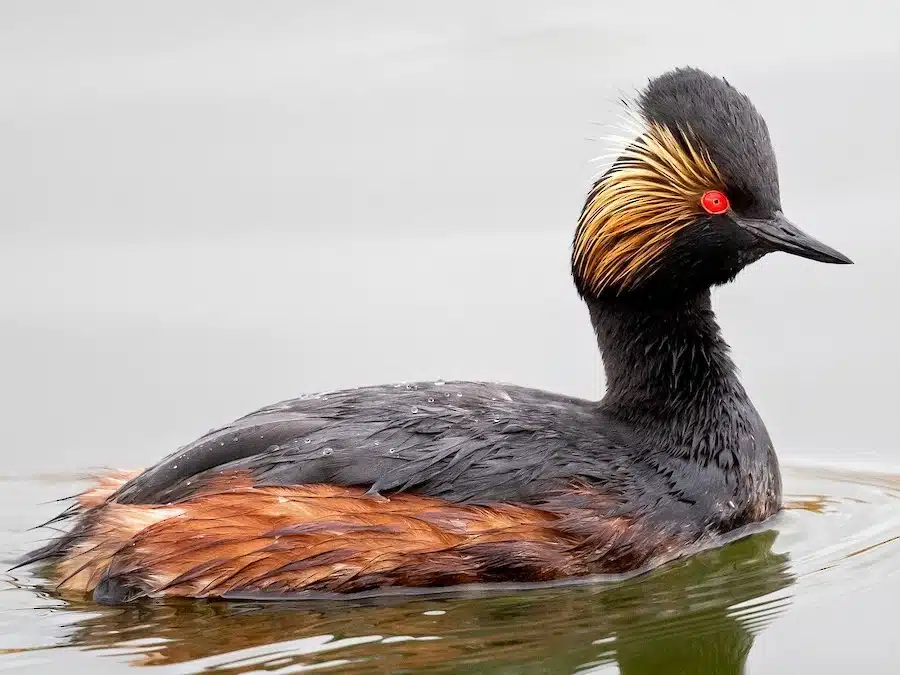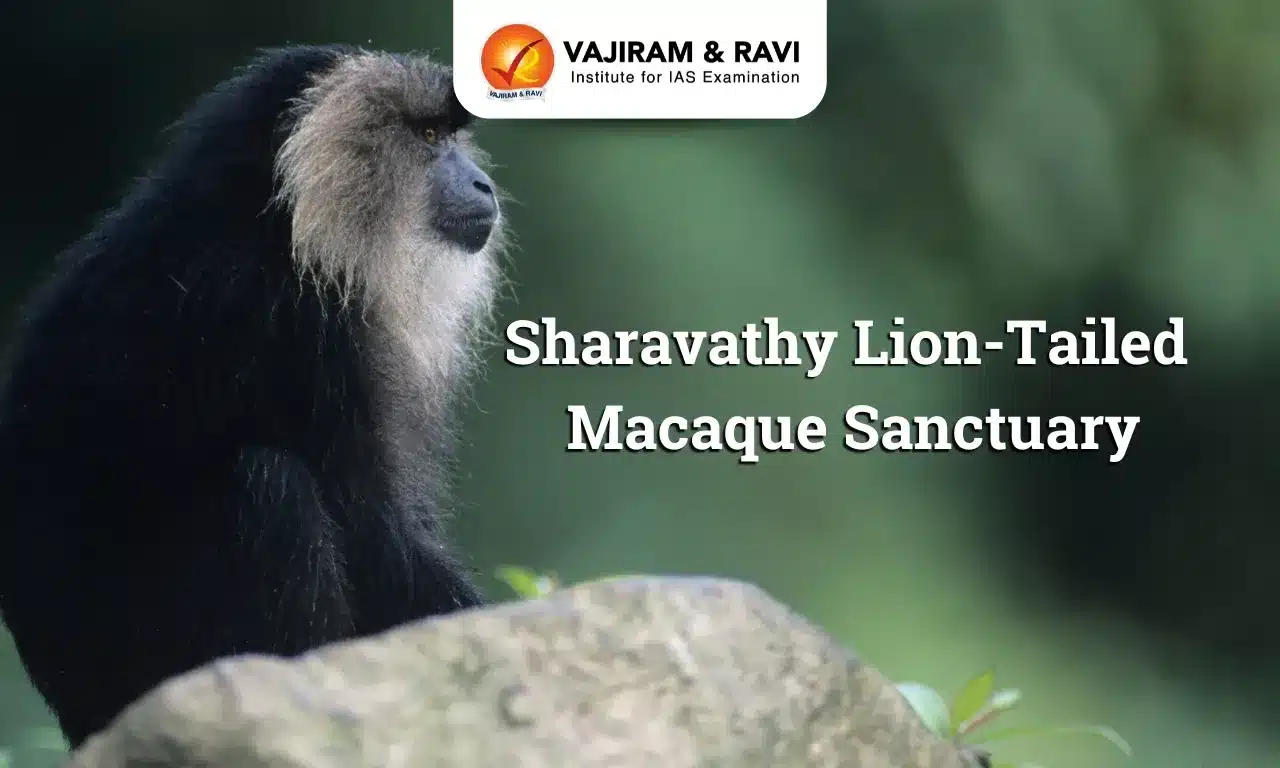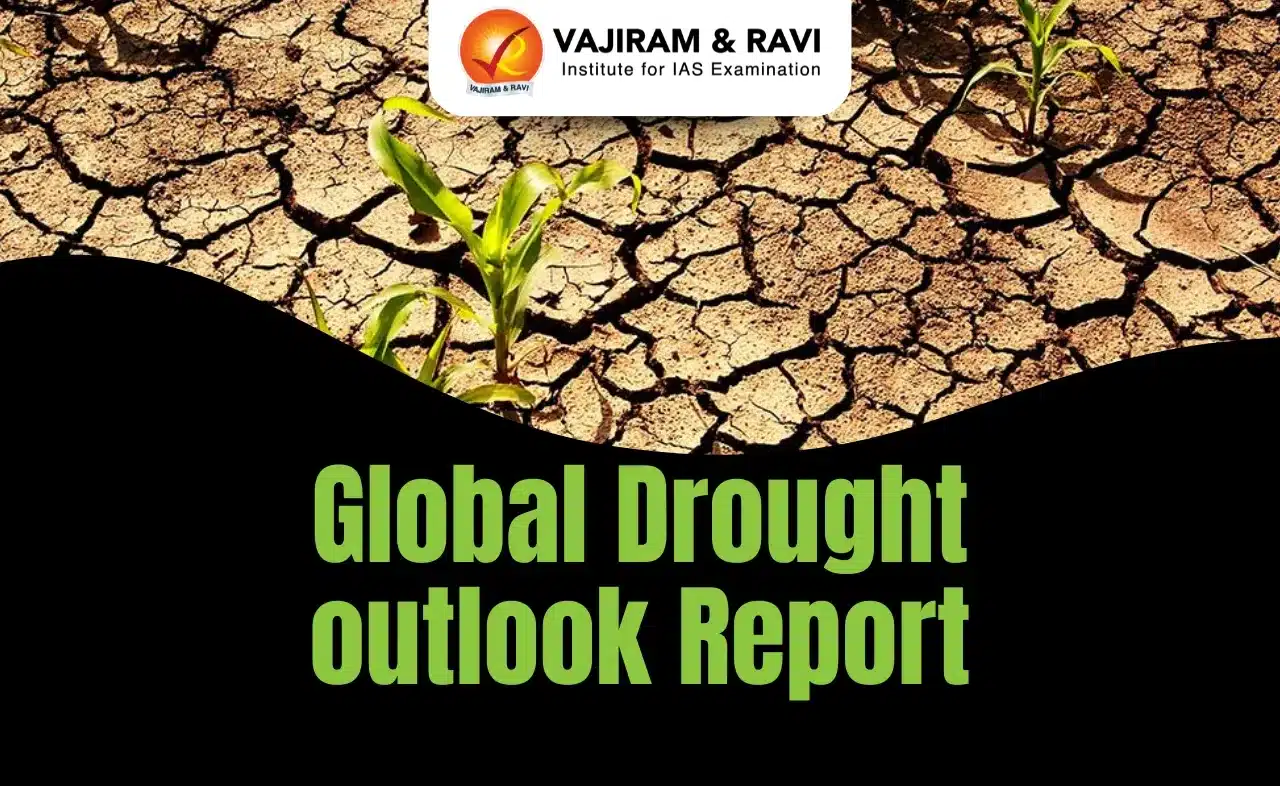About Black-necked Grebe
- The black-necked grebe, or eared grebe, is a member of the grebe family of water birds.
- Scientific Name: Podiceps nigricollis
- Distribution: It has a widespread breeding area, with migratory populations covering an extensive range of Eurasia and North America, while a resident population is also found in subtropical Africa.
- Features:
- It usually measures between 28 and 34 centimetres in length and weighs 265 to 450 grams.
- It has a wingspan range of 20.5-21.6 in (52-55 cm).
- Its breeding plumage features a distinctive ochre-coloured plumage that extends behind its eye and over its ear coverts.
- The rest of the upper parts, including the head, neck, and breast, are coloured black to blackish brown.
- When in its non-breeding plumage, this bird has greyish-black upper parts.
- The legs are a dark greenish grey. The sexes are similar.
- It uses multiple foraging techniques. Insects, which make up the majority of this bird’s diet, are caught either on the surface of the water or when they are in flight.
- Although it generally avoids flight, the black-necked grebe travels as far as 6,000 kilometres (3,700 mi) during migration.
- Conservation Status:
- IUCN: Least Concern
Key Facts about Hokersar Wetland
- Known as the ‘Queen Wetland of Kashmir’, Hokersar (also known as Hokera) is a designated Ramsar site is located in Srinagar, Jammu and Kashmir.
- It is spread over an area of 13.75 sq. km (1375 ha) in the northwest Himalayan Biogeographic province of Kashmir, in the backyard the snow draped Pir Panjal range with an altitude of 1584 m.
- It is a natural perennial wetland contiguous to the Jhelum basin.
- It gets water from the Doodhganga River (Tributary of Jhelum)
- It is the only site with remaining reed beds of Jammu and Kashmir.
- It is the abode of 68 waterfowl species like Large Egret, Great Crested Grebe, Little Cormorant, Common Shelduck, Tufted Duck and endangered White-eyed Pochard, coming from Siberia, China, Central Asia, and Northern Europe.
Q1) Which is a Ramsar site?
A Ramsar site is a wetland site designated to be of international importance under the Ramsar Convention.Ramsar convention defines wetlands as “areas of marsh, fen, peat land or water, whether natural or artificial, permanent or temporary, with water that is static or flowing, fresh, brackish or salt, including areas of marine water the depth of which at low tide does not exceed six meters.”
Source: Black-necked Grebe sighted at Hokersar wetland for the first time
Last updated on June, 2025
→ UPSC Notification 2025 was released on 22nd January 2025.
→ UPSC Prelims Result 2025 is out now for the CSE held on 25 May 2025.
→ UPSC Prelims Question Paper 2025 and Unofficial Prelims Answer Key 2025 are available now.
→ UPSC Calendar 2026 is released on 15th May, 2025.
→ The UPSC Vacancy 2025 were released 1129, out of which 979 were for UPSC CSE and remaining 150 are for UPSC IFoS.
→ UPSC Mains 2025 will be conducted on 22nd August 2025.
→ UPSC Prelims 2026 will be conducted on 24th May, 2026 & UPSC Mains 2026 will be conducted on 21st August 2026.
→ The UPSC Selection Process is of 3 stages-Prelims, Mains and Interview.
→ UPSC Result 2024 is released with latest UPSC Marksheet 2024. Check Now!
→ UPSC Toppers List 2024 is released now. Shakti Dubey is UPSC AIR 1 2024 Topper.
→ Also check Best IAS Coaching in Delhi
























